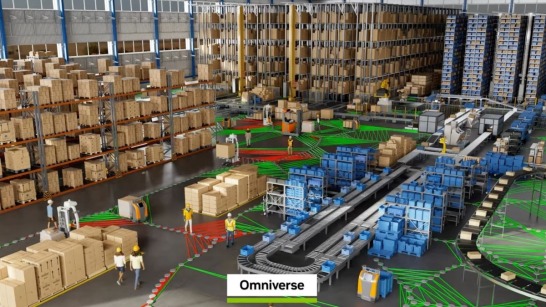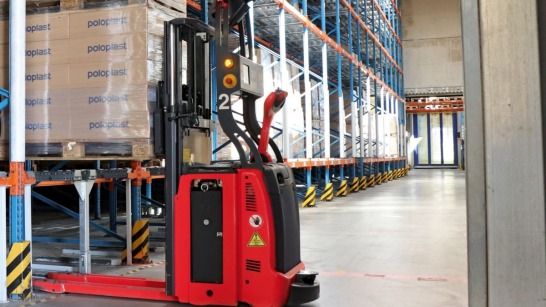In order to efficiently automate existing warehouses, highly flexible systems that adapt to different environments are needed. Automated Guided Vehicles (AGVs) play a central role in this. They are equipped with modern sensors, cameras and machine learning algorithms to navigate the complex warehouse structures. "AGVs today must be able to deal with uncertainties – to recognize obstacles, calculate new paths and adapt independently," explains Johannes Hinckeldeyn.
With iGo Easy from our STILL brand, for example, we offer an out-of-the-box, user-friendly solution, while iGo Systems is a customizable variant for more demanding environments. In addition to AGVs, multishuttle technologies and autostore solutions, such as those offered by our Dematic brand, are becoming increasingly important as they enable efficient retrofitting of existing warehouses.
We rely on strong partnerships when it comes to automation – including cooperation with NVIDIA . One of the most exciting developments is the use of virtual simulations to optimize automation processes. "With Nvidia Omniverse, we can virtually simulate customer environments and train our machines there. This is extremely valuable, especially in the brownfield," explains Eike Wibrow.
Synthetic data can be used to simulate millions of realistic scenarios – such as varying lighting conditions, different pallet colors or obstacles on the paths. "This allows the AI in the simulation to learn to make human-like decisions before it is used in the real warehouse environment," says Wibrow.
In addition, 4D shuttle systems , which can move flexibly in all directions, drive efficiency even further. "4D" means up and down, left and right – and also forwards and backwards without turning. This makes warehouse processes faster and more flexible.





